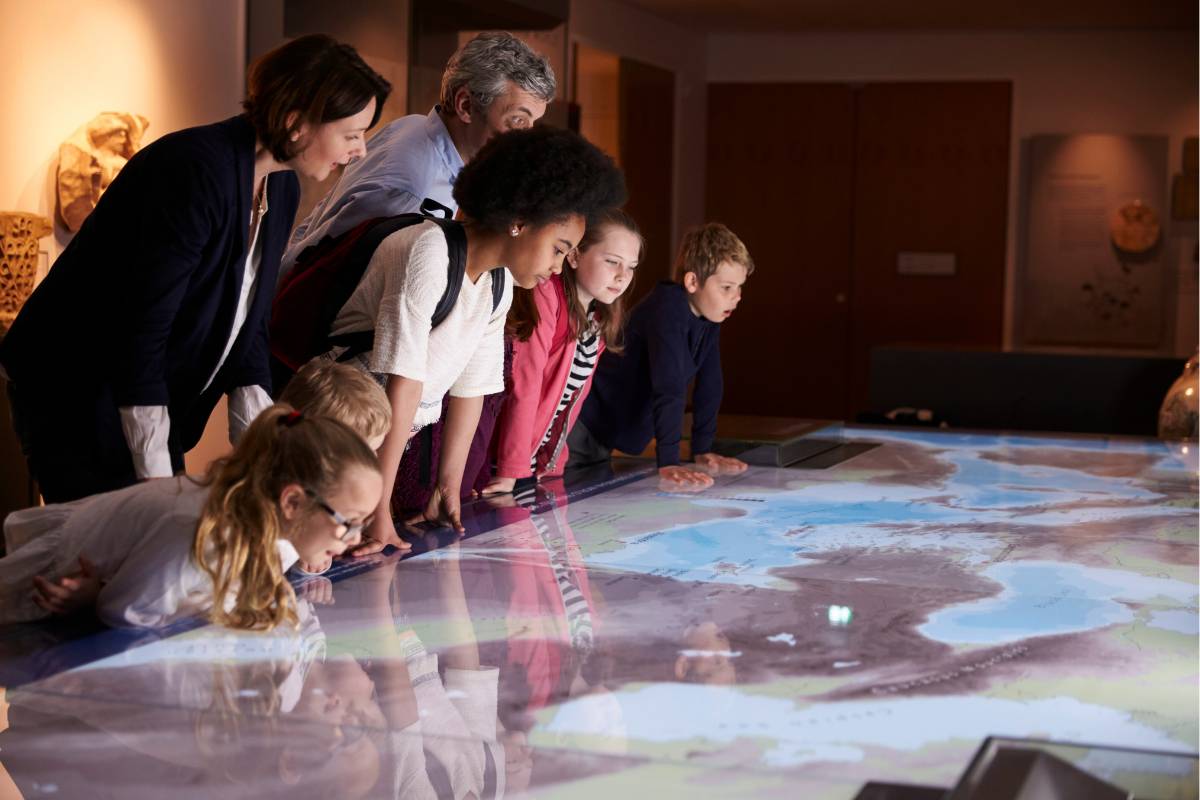Exploring Toronto’s landmarks not only broadens students’ horizons but also offers unique opportunities to deepen their understanding through interactive classroom games. Field trips can be transformative experiences, providing real-world contexts that enhance the relevance of classroom lessons. This article guides educators on how to effectively combine visits to Toronto’s iconic sites with custom-designed games that reinforce learning objectives in a fun and interactive way.
Planning Your Field Trip
Successful educational trips require careful planning. Begin by selecting landmarks that align with your curriculum. For instance, a history teacher might choose Fort York to complement lessons on Canadian history, while a science teacher might prefer the Ontario Science Centre. Prepare your students for what they will see and learn, and design activities or games that can start during the trip and continue back in the classroom. This approach helps students connect their experiences with the curriculum actively and consistently.
Selecting Toronto Landmarks
Choose landmarks that offer rich educational content and are logistically feasible to visit. Some top choices include:
Royal Ontario Museum (ROM): Perfect for integrating natural history and world cultures into your curriculum. The diverse exhibits can inspire trivia games or artifact-based scavenger hunts.
High Park: Ideal for science and biology lessons. Organize nature walks where students can play interactive games like “Eco-Bingo” featuring local flora and fauna.
CN Tower: Offers a fantastic overview of engineering and technology. Use the architectural marvel to challenge students with math-based puzzles or physics questions related to its design and construction.
Designing Educational Games
The key to designing effective educational games is to ensure they are both fun and pedagogically sound. Use the information and experiences from the field trips as a foundation. For instance:
Scavenger Hunts: Tailor them to the location, such as a history hunt at Fort York or an art object find at the AGO.
Quiz Competitions: Base questions on the exhibits viewed, ensuring teams collaborate and compete, which reinforces their learning and team-building skills.
Creative Storytelling: After visiting a place like the Toronto Zoo, students could create stories or presentations about the animals’ habitats, using facts gathered during their visit.
Post-Visit Integration
After the field trip, continue the learning momentum by integrating the experiences into regular classroom activities. Encourage students to use their notes and photos to create multimedia presentations that recap their learning. This not only helps in reinforcing the content but also enhances students’ presentation skills and creativity. Additionally, consider setting up a dedicated review session where students can play the games they designed, sharing knowledge in a fun, communal setting.
Field trips to Toronto’s landmarks combined with strategically designed games create an immersive educational experience that can significantly enhance student engagement and retention. By carefully selecting destinations and tailoring games to specific learning outcomes, educators can transform typical outings into powerful teaching tools that make learning dynamic and memorable.

